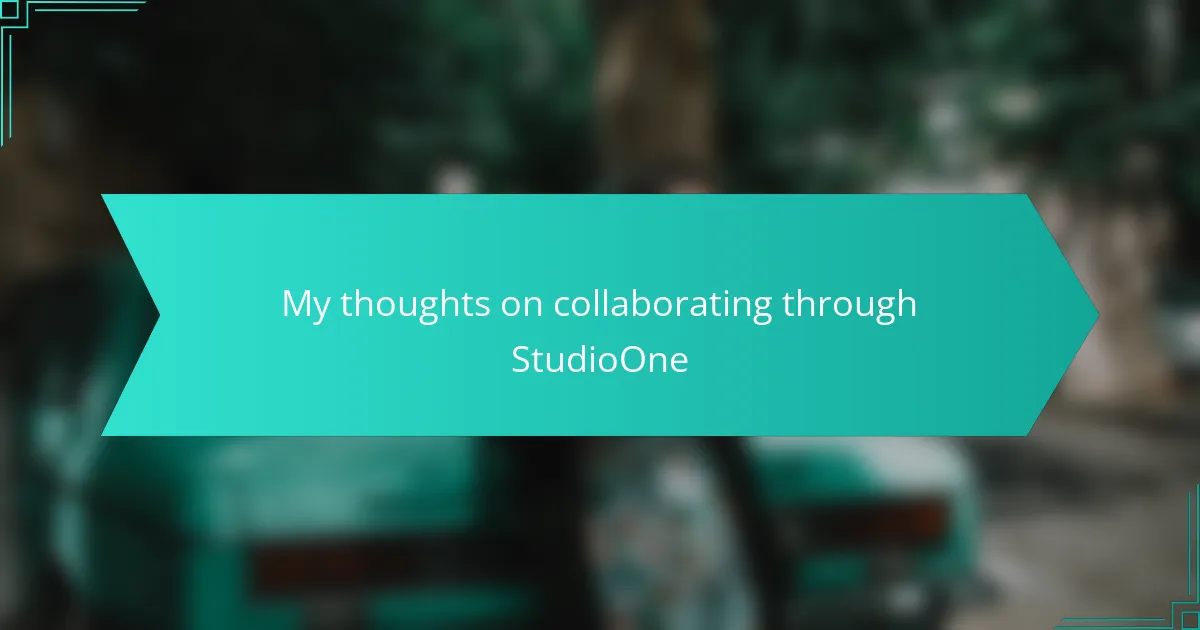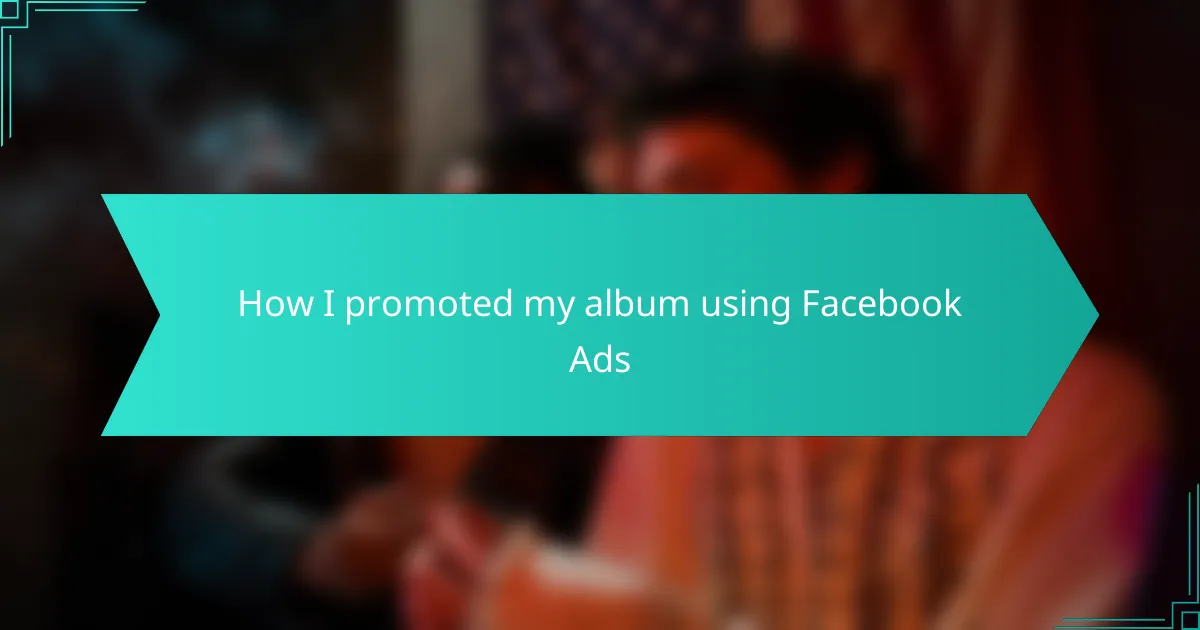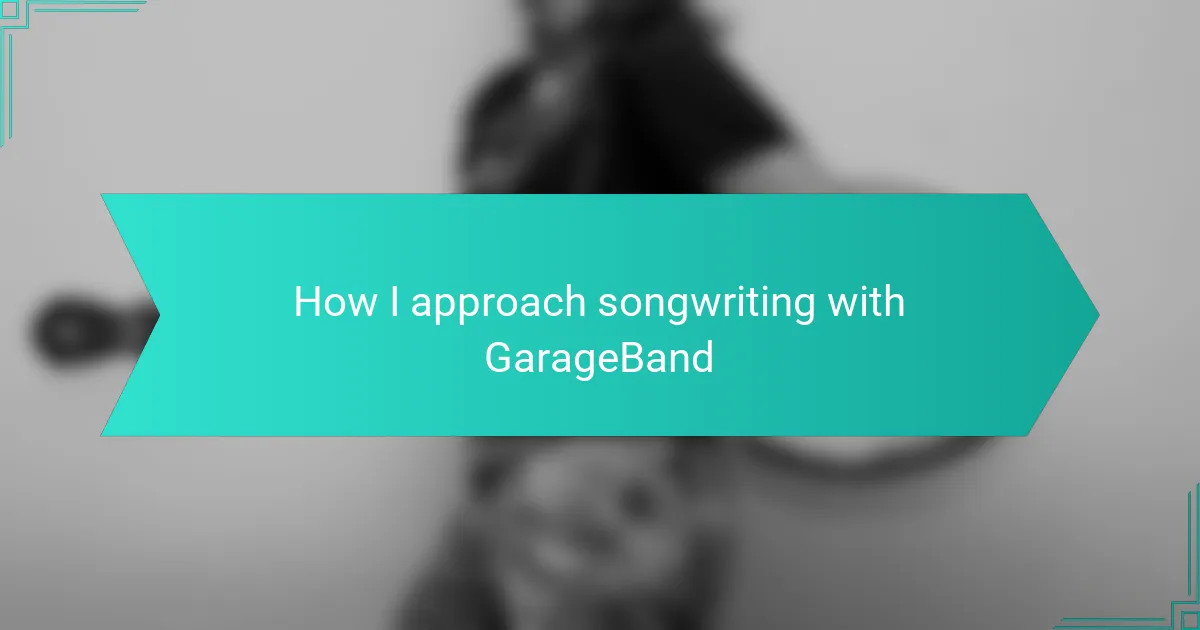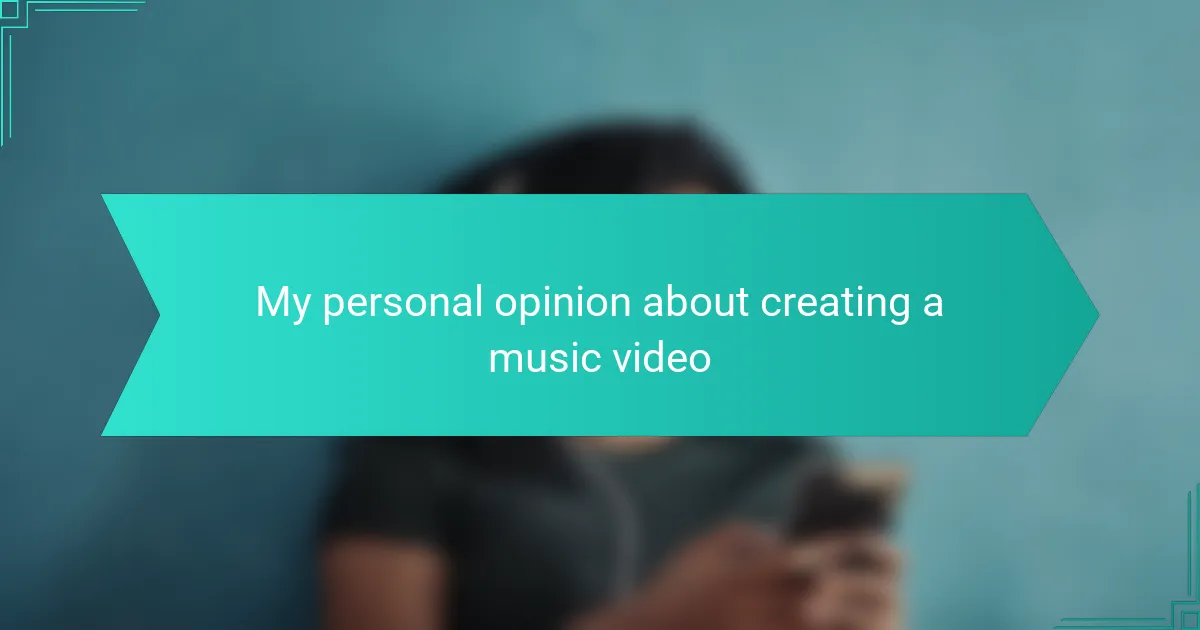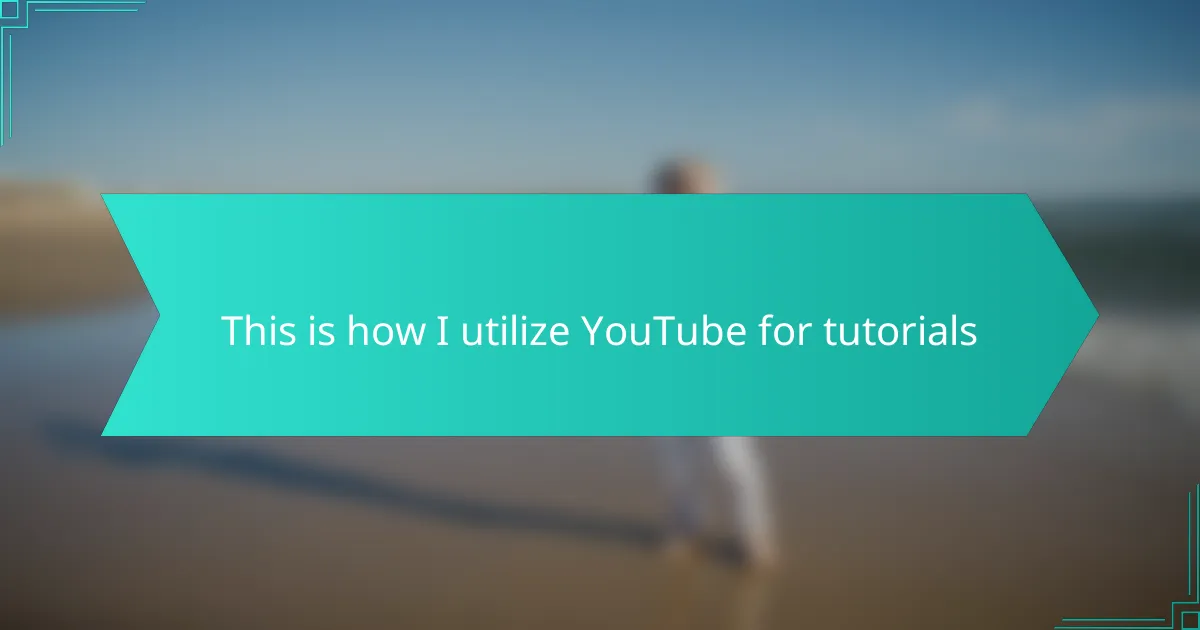Key takeaways
- Access to musician career resources, such as tutorials and networking events, fosters skill improvement and community building.
- Collaboration in music enhances creativity, emotional depth, and creates supportive networks among artists.
- Studio One offers user-friendly tools for real-time collaboration, streamlining workflows and enhancing creative processes.
- Effective communication and goal-setting during collaboration can significantly improve project outcomes and team dynamics.
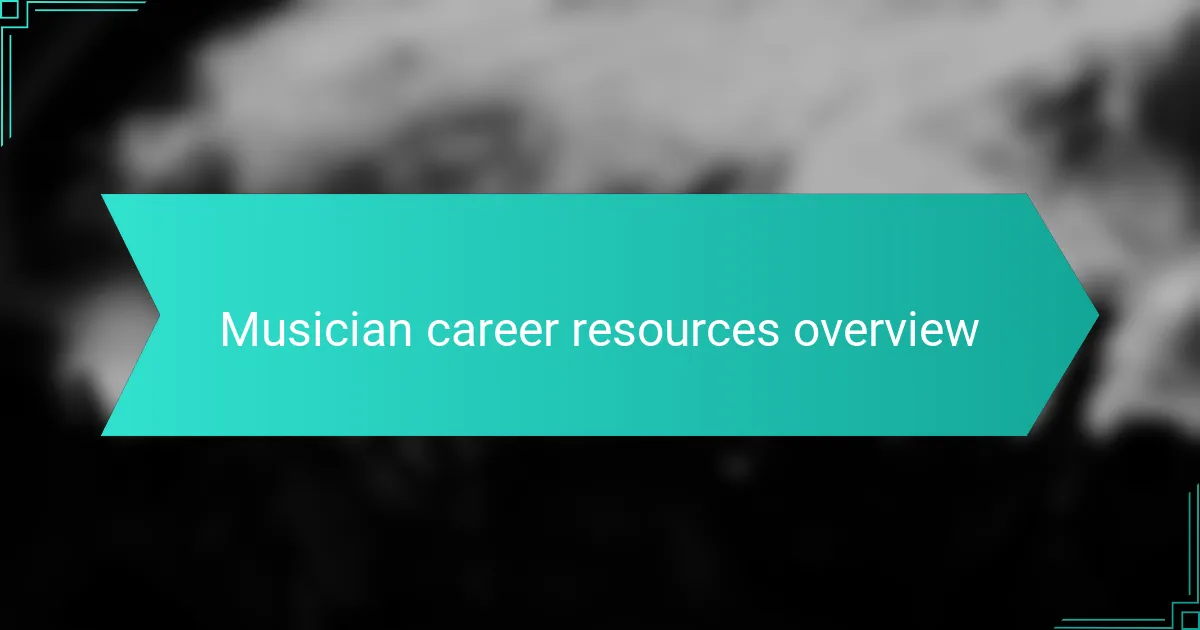
Musician career resources overview
As a musician navigating my career, I often find that access to the right resources can make all the difference. I remember my early days when I felt lost, searching for guidance on everything from songwriting to marketing myself. It’s both overwhelming and exhilarating—doesn’t it feel like you need a roadmap to find your sound?
Diving deeper into musician career resources can be enlightening. For instance, online platforms offer invaluable tools for collaboration, which have helped me connect with other artists in ways I never imagined. Have you ever considered how a single partnership can propel your music into new audiences?
It’s amazing to see how various resources, from tutorials to networking events, can transform your approach. I’ve learned that tapping into these resources isn’t simply about improving skills—it’s about building a community and finding your unique voice in a vibrant industry. Each resource is a piece of a puzzle that brings me closer to my goals, both personally and professionally.
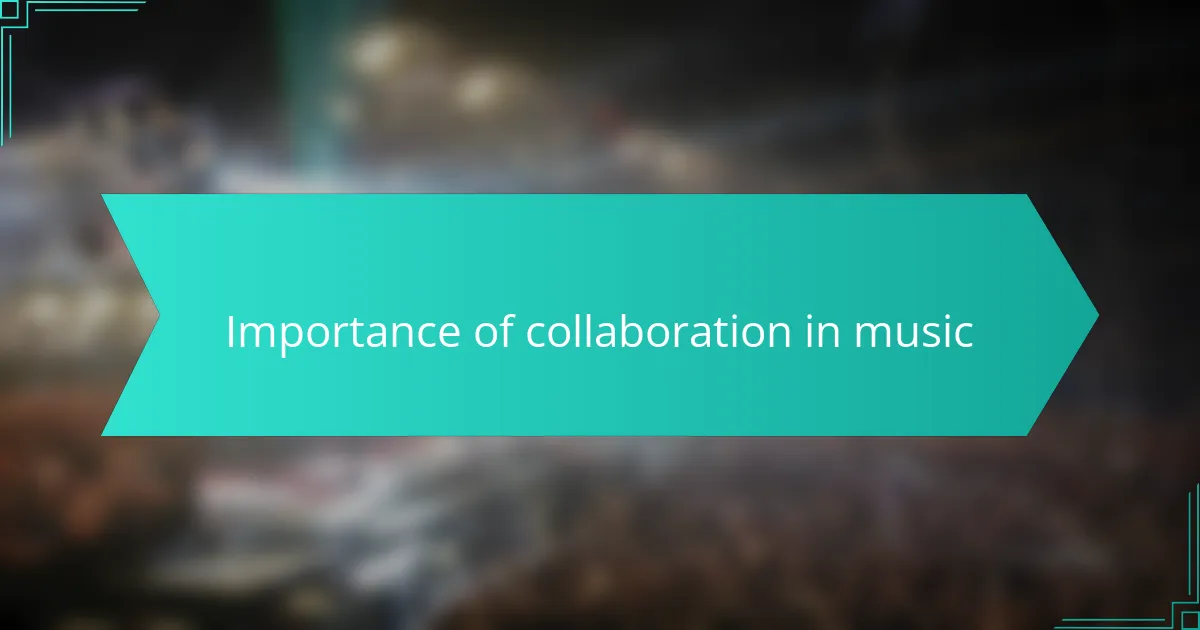
Importance of collaboration in music
Collaboration in music is like a breath of fresh air; it opens up new creative avenues that I might not have explored on my own. I remember working on a track with a guitarist friend, and his unique style completely transformed the song. It’s fascinating how different perspectives can blend and create something entirely new, don’t you think?
When artists come together, they share not just skills but also their experiences and emotions. I once teamed up with a vocalist who brought a vulnerability to our project that I hadn’t expressed before. That sense of emotional synergy enriched our music, making it resonate even more with our listeners. Can you imagine how much deeper your art could become when shared with another passionate soul?
Moreover, collaborating fosters a sense of community, which is vital in what can sometimes feel like a solitary journey. I’ve found that these partnerships often lead to support networks, where you uplift each other during difficult times. Isn’t it reassuring to know that you’re not alone in this journey and that others share your struggles and triumphs? That’s the beauty of working together in music.
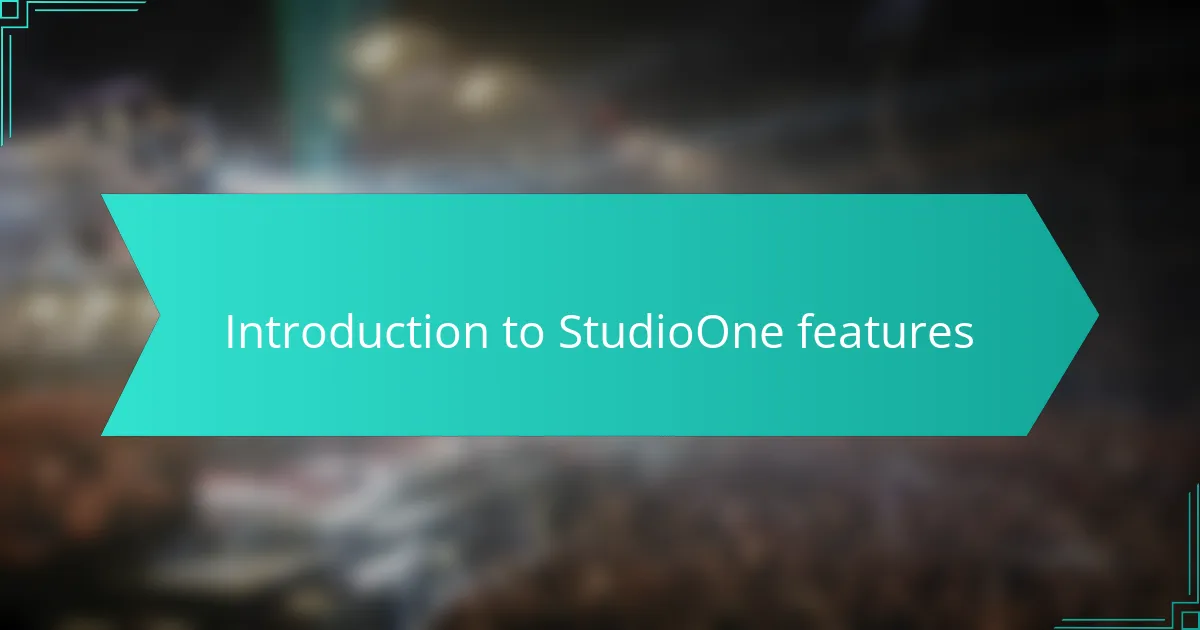
Introduction to StudioOne features
Studio One is a powerful digital audio workstation (DAW) that offers a wealth of features to enhance collaboration among musicians. I remember the first time I used Studio One; the intuitive interface immediately made me feel at ease, boosting my creative flow. Recording, mixing, and producing with others has never been easier than with its user-friendly design and innovative tools.
One standout feature is the seamless integration of cloud services, allowing musicians to share projects and ideas in real time. This capability not only saves time but also fosters a sense of teamwork that can be incredibly inspiring during a creative process. Here’s a quick overview of some key features:
- Real-time collaboration: Work simultaneously on projects from different locations.
- Drag-and-drop functionality: Easily import and export audio and MIDI files.
- Studio One Remote app: Control your session from your tablet or smartphone.
- Powerful editing tools: Simplify mixing with features like audio bending and event effects.
- Comprehensive plugin support: Utilize a wide range of virtual instruments and effects to enhance your sound.
These tools not only streamline workflows but also elevate the overall collaboration experience, making it more enjoyable and productive.
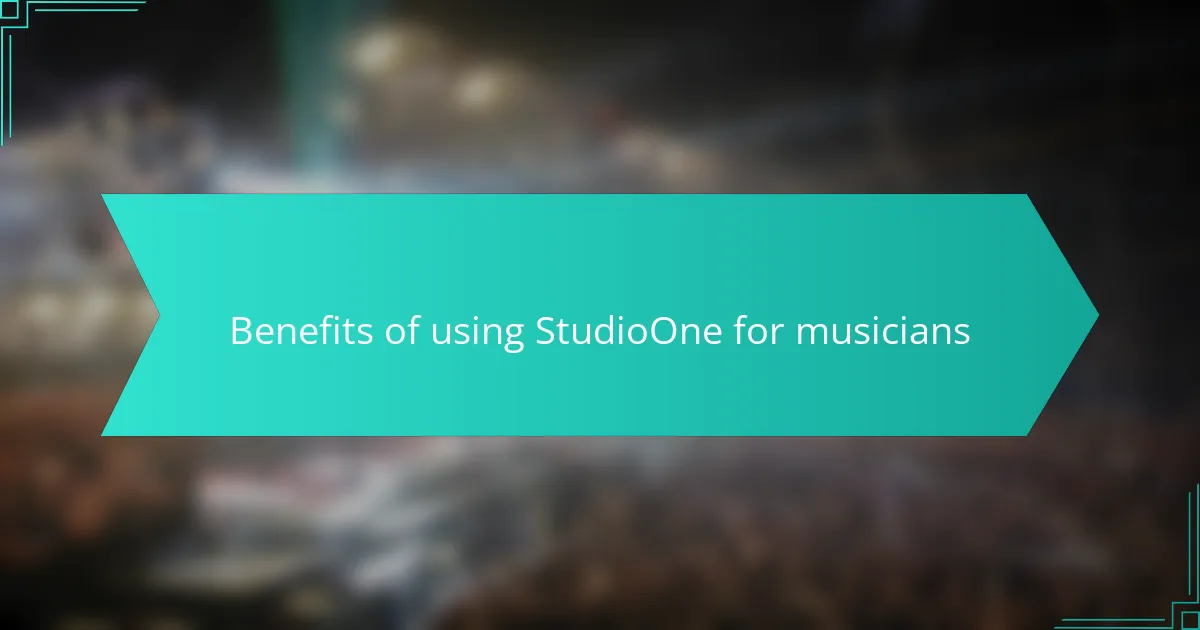
Benefits of using StudioOne for musicians
Using Studio One has truly transformed my musical workflow. The seamless integration of tracking, mixing, and mastering in one platform allows me to stay focused on my creativity rather than juggling multiple software. I remember the excitement I felt when I first discovered the drag-and-drop workflow—it’s intuitive and makes producing music feel almost effortless.
One of the standout features for me is the robust collaboration tools. I can easily share projects with fellow musicians, allowing for real-time feedback and contributions. This has not only made recording sessions more productive but also fostered a sense of community that I genuinely appreciate as a musician.
Here are some benefits of using Studio One for musicians:
- User-friendly interface simplifies the learning curve for beginners.
- Integrated features streamline the workflow, saving valuable time.
- Collaborative tools foster creativity and teamwork with other artists.
- Versatile audio and MIDI capabilities cover a wide range of musical styles.
- Regular updates and support ensure the software remains cutting-edge and reliable.
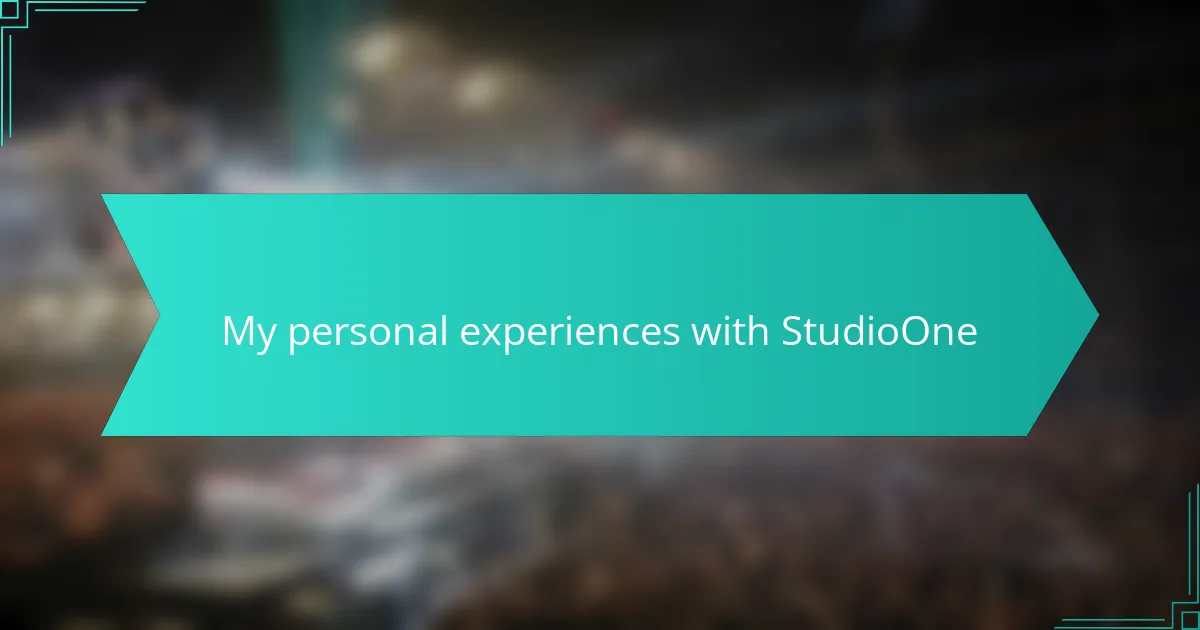
My personal experiences with StudioOne
When I first dove into Studio One, it felt like a breath of fresh air. The intuitive interface grabbed my attention right away. I remember the excitement of layering tracks and realizing just how easy it was to experiment with different sounds—a game changer for my creative process.
One particular session stands out to me. I was collaborating with a friend on a song, and we were both in different locations. Using Studio One’s seamless cloud collaboration feature, we shared ideas in real-time, which sparked a flow of creativity like I hadn’t experienced before. It was truly fulfilling to see how effective the platform is for musicians looking to work together, regardless of distance.
Here’s a quick comparison of some key features I’ve experienced with Studio One versus other DAWs:
| Feature | Studio One | Other DAWs |
|---|---|---|
| Ease of Use | Highly intuitive interface | Can be complicated for beginners |
| Collaboration | Real-time cloud collaboration | Limited options for remote work |
| Track Management | Effortless track layering | More steps involved |
| Audio Editing | Quick and user-friendly | Varies greatly |
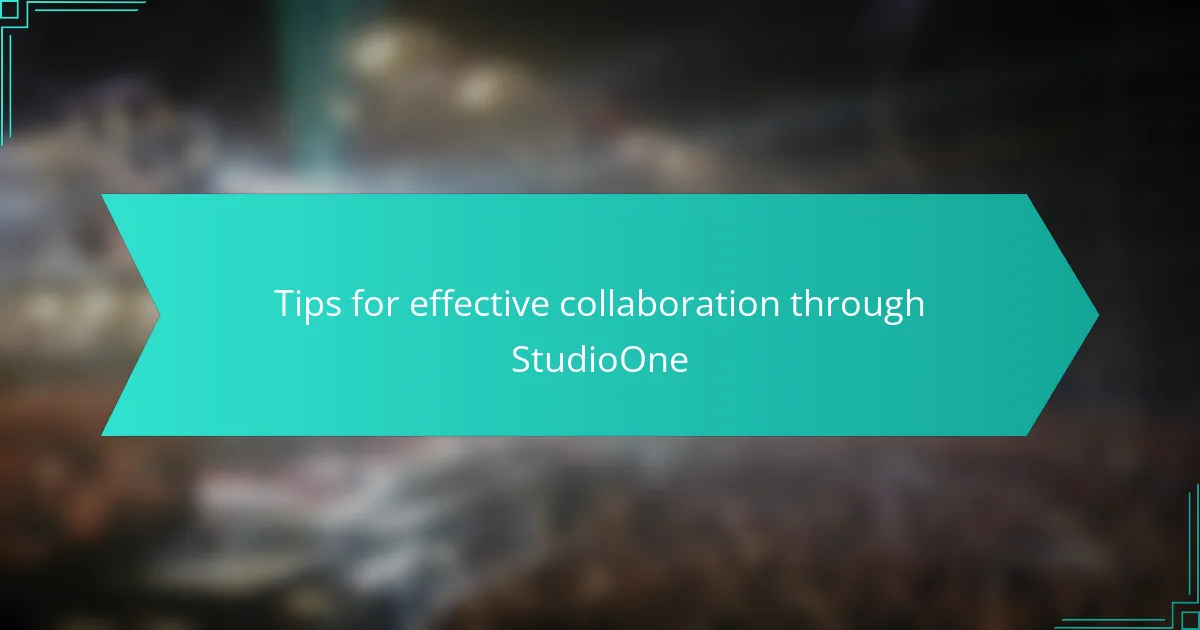
Tips for effective collaboration through StudioOne
When collaborating through Studio One, effective communication is key. I remember working on a project where my partner and I used the chat feature extensively, which made it easier to share ideas and get feedback in real-time. Ensuring that everyone is on the same page not only speeds up the creative process but also helps to prevent misunderstandings that can derail progress.
Here are some tips I’ve found helpful for a smoother collaboration experience:
- Set Clear Goals: Establish what you want to achieve with each session to keep everyone focused.
- Utilize Track Changes: This feature allows all collaborators to see edits and suggestions, making it easy to discuss changes.
- Share Templates and Presets: Familiarity with the same sounds and effects can enhance your workflow and keep the sonic identity consistent.
- Schedule Regular Check-ins: Regular meetings keep the project on track and bolster team morale.
- Be Open to Feedback: Embrace constructive criticism. It often leads to breakthroughs that elevate the overall quality of the music.
These simple strategies can enrich the collaborative experience, ensuring that creativity flows freely while keeping the project organized.
